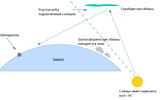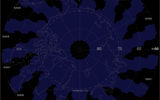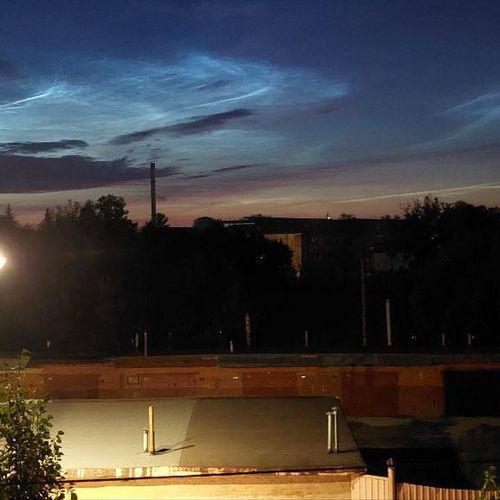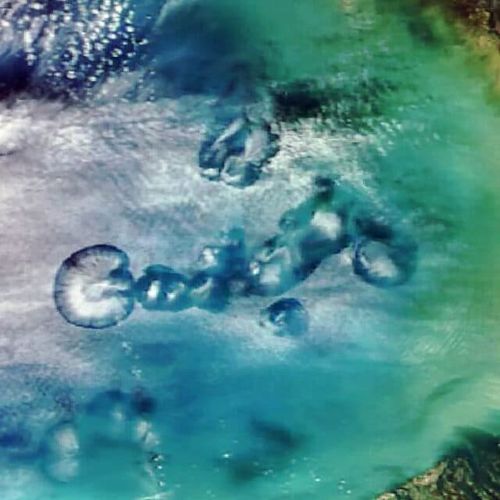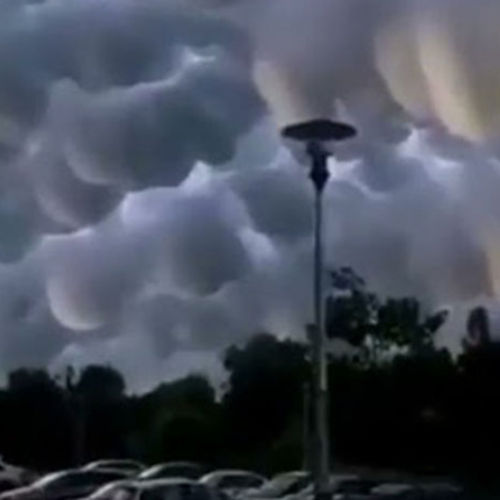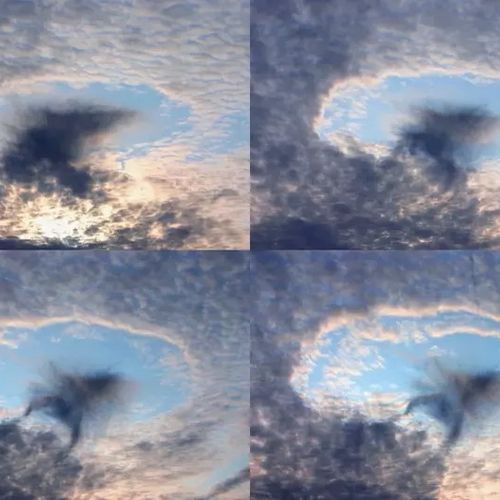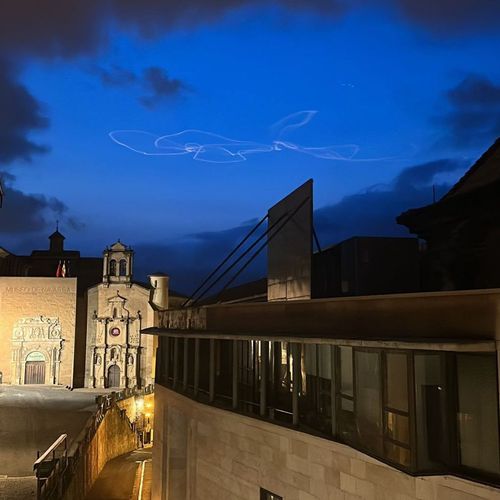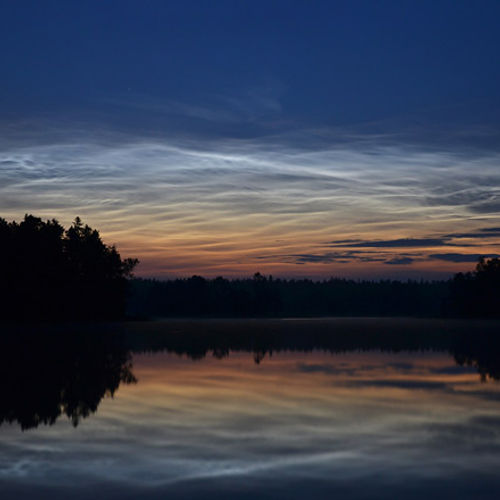
| Added | Tue, 17/05/2022 |
| Источники | |
| Дата публикации | Tue, 17/05/2022
|
| Версии |
On average, the long-term season of silvery clouds begins between May 15 and 27. Silvery clouds are the highest and coldest of all clouds. All other things being equal, a very low temperature (-140 ° C) is required for their occurrence. Under the influence of natural causes, conditions for such a cooling in the upper atmosphere develop only in late spring and the first half of summer. Therefore, their season is very short — from the end of May to the middle of July.
Due to physical, geographical and astronomical factors, it is possible to observe silvery clouds from the Earth only in the middle latitudes between 43 ° and 60 °, at dusk, 30-60 minutes after sunset, and the same time before sunrise, when the luminary is 6-16 ° below the horizon.
Located at an altitude of 70-90 km, they are illuminated from below by the sun and acquire a unique silvery glow, which in turn occurs due to the scattering of light in the smallest ice crystals measuring 6 microns.
The brightest clouds have the form of thin silvery stripes, vortices or scallops. At the same time, their optical density is so low that bright stars can be easily seen through the silvery "spider web". Other tropospheric clouds look like dark spots, because they are located below and are not illuminated by sunlight.
It's hard to make a mistake with silvery clouds. Either they are there or they are not. If you see glowing wavy lines, tendrils, ripples or scallops in the twilight segment of the sky, you will immediately understand that these are silvery clouds!
Usually, the first silvery clouds are noticed by the AIM satellite. A week later, they appear to the eyes of earthlings. But so far, the satellite "daisy" is empty.
Новости со схожими версиями
Log in or register to post comments
